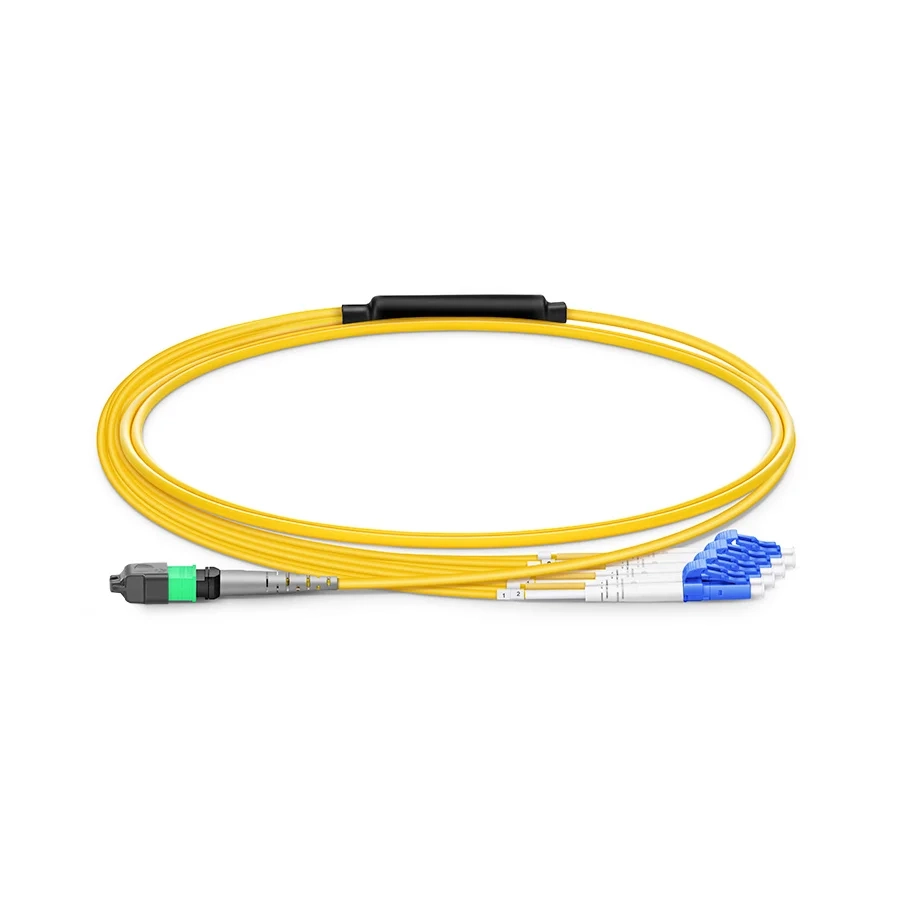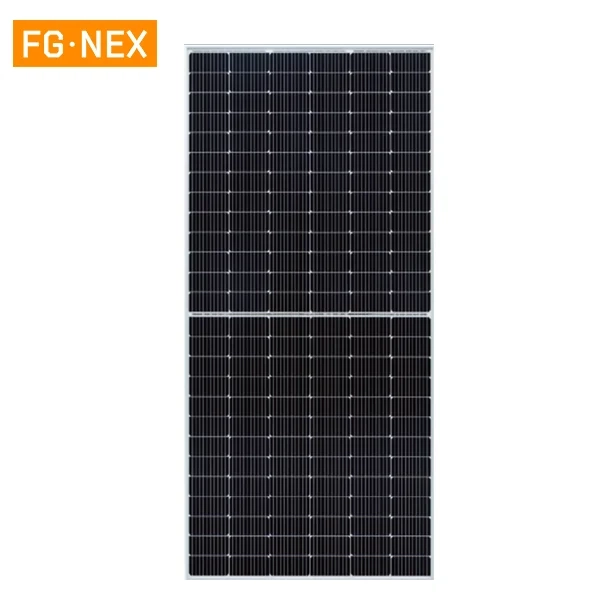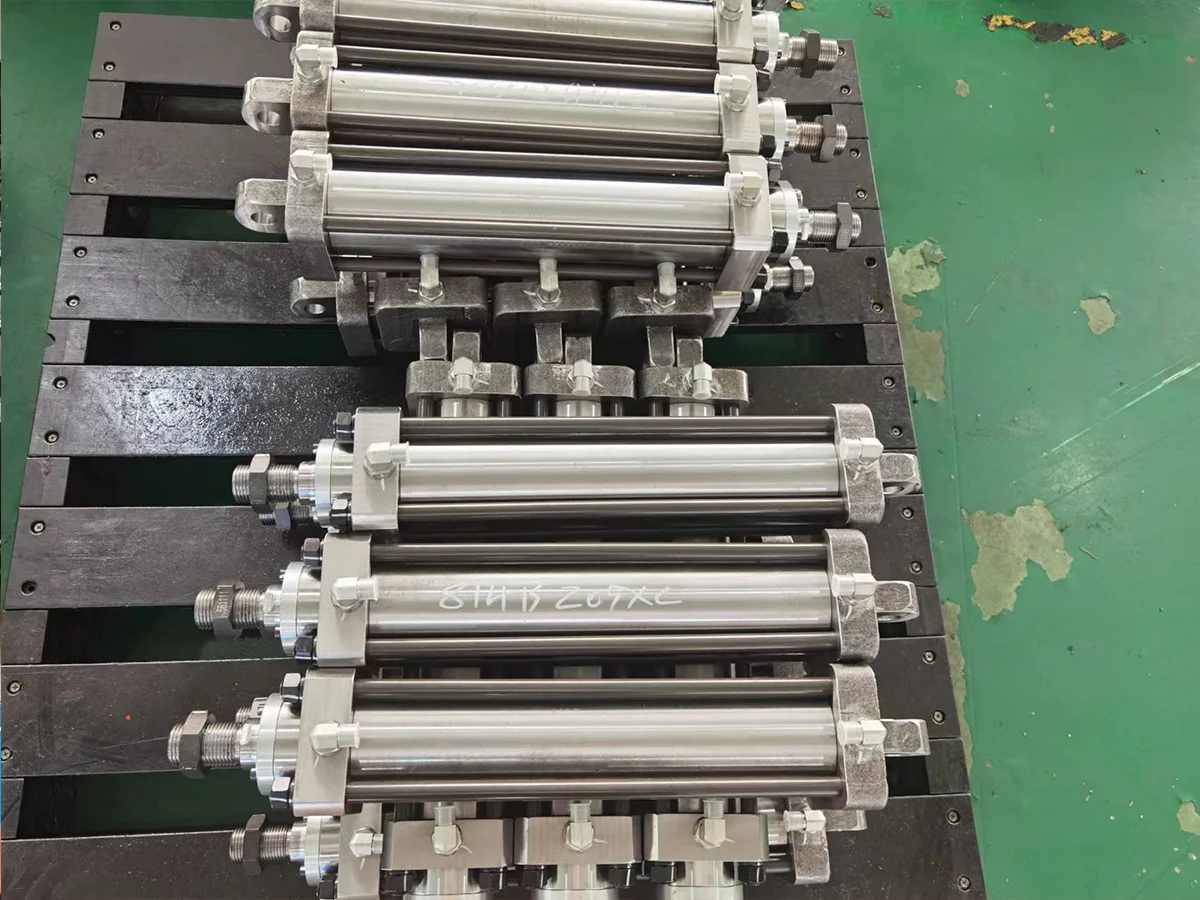In modern communication technology, fiber optic communication has become an indispensable part. In the fiber optic communication system, MPO(Multi-fiber Push On) connectors are widely used in data centers, enterprise networks, telecom operators, and other fields as a high-density, high-performance fiber optic connection solution. However, as the use of MPO connectors becomes more and more widespread, its failure problems are becoming increasingly prominent. This article will discuss in detail the failure of MPO connectors and their repair methods.
1. Failure types of MPO connectors
Flange damage: The ferrule is the core component of the MPO connector, which is responsible for arranging multiple optical fibers accurately together. Flange damage may cause the fiber optic signal to be unable to transmit normally, thereby affecting the communication quality.
Pin bending: The ferrule is a metal component in the MPO connector that is used to fix the ferrule. Pin bending may cause the ferrule to be unable to be inserted or removed normally, thus affecting the use of the connector.
Ceramic sleeve wear: The ceramic sleeve is a protective component in the MPO connector that is used to protect the ferrule from external damage. Ceramic sleeve wear may cause the ferrule to be exposed, thereby affecting the performance of the connector.
Fiber breakage: The optical fiber is the medium for transmitting signals in the MPO connector. Once it breaks, the signal will not be transmitted normally.
Fiber misalignment: Fiber misalignment refers to the position of the optical fiber in the ferrule being offset, which may cause signal loss or crosstalk.
2. Causes of failure of MPO connectors
Mechanical stress: During installation, use, and maintenance, the MPO connector may be subjected to excessive mechanical stress, resulting in damage to the ferrule, pins, and other components.
Temperature change: Temperature change may cause the material of the MPO connector to expand or contract, thereby affecting the performance of the connector.
Humidity change: Humidity change may cause corrosion to the metal parts of the MPO connector, thereby affecting the service life of the connector.
Dust and impurities: Dust and impurities may enter the interior of the MPO connector, causing problems such as fiber breakage and misalignment.

3. Fault detection method of MPO connectors
Visual inspection: Observe the appearance of the MPO connector through a magnifying glass or microscope, and check whether the ferrule, pin, ceramic sleeve, and other components are obviously damaged or deformed.
Optical inspection: Use a fiber microscope to observe the arrangement of the optical fibers inside the MPO connector, and check whether there are problems such as fiber breakage and misalignment.
Optical power test: Use an optical power meter to measure the optical power loss of the MPO connector to determine whether the connector is faulty.
4. MPO connector fault repair method
Replace the ferrule: For MPO connectors with damaged ferrules, you can replace them with new ferrules to restore their performance. When replacing the ferrules, you need to pay attention to keeping the optical fiber clean and tidy to avoid introducing additional losses.
Adjust the pin: For MPO connectors with bent pins, you can try to use tools such as tweezers to adjust the shape of the pin to restore it to normal. If the pin is severely bent, you may need to replace it with a new pin.
Replace the ceramic sleeve: For MPO connectors with worn ceramic sleeves, you can replace them with new ceramic sleeves to protect the ferrule. When replacing the ceramic sleeve, you need to pay attention to keeping the optical fiber clean and tidy to avoid introducing additional losses.
Fusion repair: For MPO connectors with broken optical fibers, the broken optical fibers can be reconnected by a fusion splicer. During the fusion process, you need to pay attention to keeping the optical fiber clean and tidy to avoid introducing additional losses.
Fiber rearrangement: For MPO connectors with misaligned optical fibers, their performance can be restored by rearranging the optical fibers. When rearranging the optical fibers, you need to pay attention to keeping the optical fibers clean and tidy to avoid introducing additional losses.
As an important part of the optical fiber communication system, the failure of MPO connectors cannot be ignored. Through a detailed discussion of the fault types, causes, detection methods, and repair methods of MPO connectors, we can better understand the performance characteristics of MPO connectors and improve their reliability and stability in practical applications. At the same time, we should also strengthen the maintenance and management of MPO connectors, conduct regular inspections and cleaning, and ensure that they are always in good working condition.
mia
coco.li@fineconn.cn







+ There are no comments
Add yours